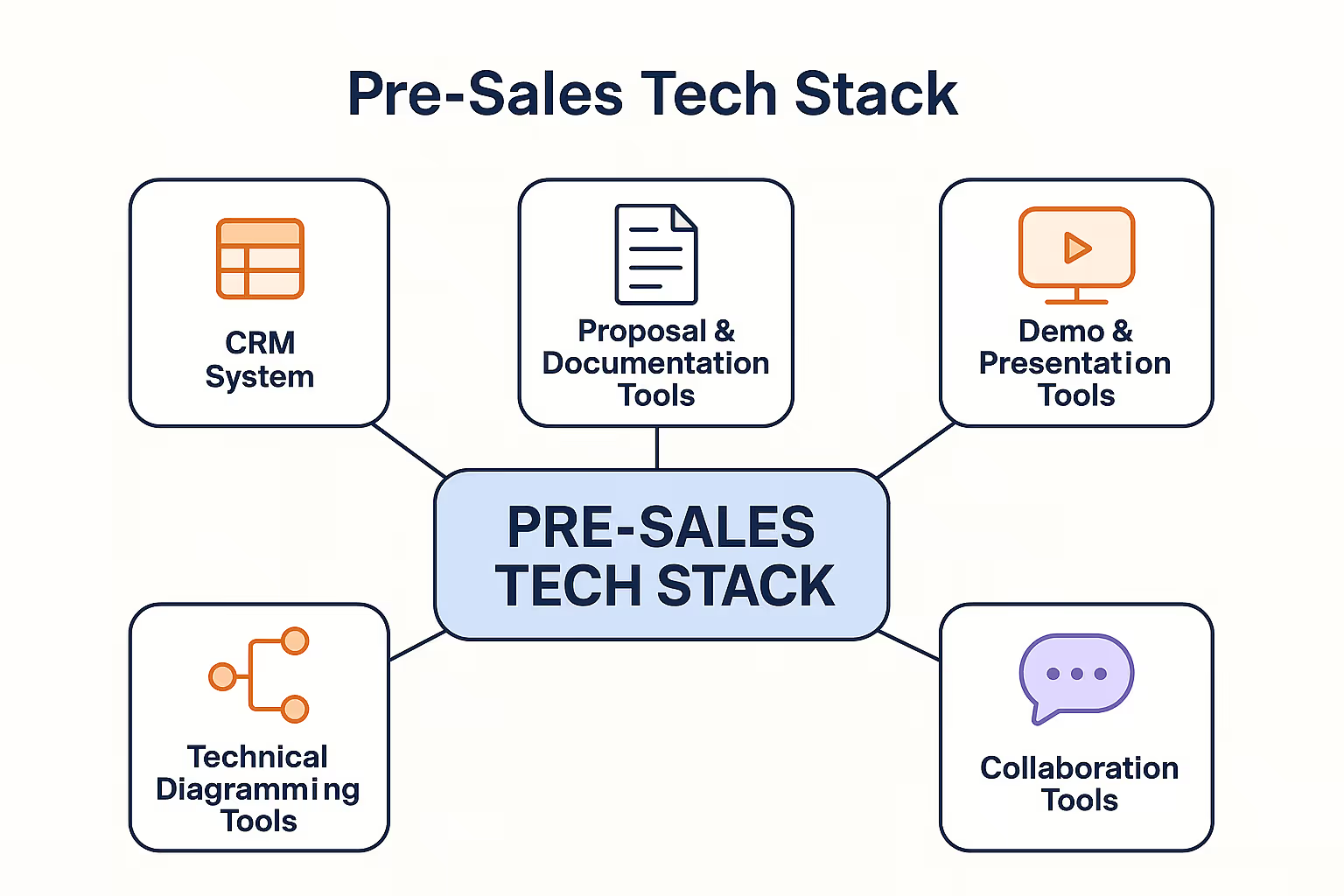

A significant percentage of deals fail because of one simple but costly mistake; misalignment between what customers actually need and what sales teams are offering. When this happens, not only are opportunities lost, but trust is destroyed, sometimes permanently. This is where the pre-sales team plays a major role. By acting as the bridge between a customer’s real needs and the solutions being sold, pre-sales teams help ensure better alignment, stronger pitches, and higher conversion rates.
A great example of pre-sales in action is Superleap CRM. Before pitching our CRM software, our pre-sales teams invest heavily in discovery calls, asking detailed questions to uncover each prospect’s challenges, goals, and processes. Based on these insights, they tailor demos and onboarding plans that directly address the customer’s pain points rather than delivering a generic sales pitch. This approach not only increases the likelihood of closing the deal but also builds stronger, more trusted relationships from the very first interaction.
Let’s understand the concept of pre-sales in detail, shall we?
What is pre-sales?
Why is pre-sales important?
Now that you’ve understood what pre-sales means, let’s read about its benefits.
- Reduces sales cycle length
- Improves solution fit and reduces churn
- Helps build trust and credibility
- Increases win rates
- Supports complex sales especially in industries that don’t have a ‘one size fits all’ solution
What is the pre-sales process?
Step 1: Discovery and lead qualification
This is the first step in the pre-sales process where the pre-sales team engages with potential customers to understand their business, industry, and challenges. The pre-sales team collaborates with marketing or sales teams to qualify leads to determine whether the opportunity is worth pursuing based on fit, budget, timeline, and decision-makers involved.
Step 2: Needs assessment
Once a lead is qualified, the pre-sales team conducts a detailed analysis to uncover the customer's specific pain points and goals. This could involve interviews, questionnaires, or technical discussions to identify what the customer truly needs.
Step 3: Customized solution and technical design
Based on the needs assessment, the pre-sales team tailors a solution that aligns with the customer’s requirements. This includes preparing solution architecture, data flow diagrams, or integration plans.
Step 4: Product demonstration
This stage involves showcasing the product to the customer through a live demo or walkthrough. The focus is on highlighting how the product addresses the customer's specific pain points rather than a generic feature overview.
Step 5: Proposal and pricing discussion
Once the customer has expressed their interest, the pre-sales team supports the sales team in creating a customized proposal. This may include detailed technical documentation, scope of work, timelines, and pricing models tailored to the customer’s requirements.
Step 6: Transition and support
Throughout the process, the pre-sales team communicates closely with the customer to answer questions, provide clarifications, and adjust the solution as needed. They also address concerns related to implementation, compliance, or integration.
Once the customer agrees to move forward, the pre-sales team hands over all technical and solution documentation to the implementation or after-sales team. This ensures a smooth transition and continuity in delivering the promised solution.
Inside Sales vs. Pre-Sales vs. Sales
What are the top 5 KPIs to measure pre-sales success?
To evaluate the effectiveness of your pre-sales efforts, it's essential to track key performance indicators (KPIs) that reflect both efficiency and impact. These metrics help gauge how well the pre-sales team supports the sales cycle, engages with prospects, and contributes to overall revenue growth.
Sales Qualified Leads (SQLs) passed
This refers to the quantity and quality of leads handed off to sales teams. It indicates how effective the pre-sales team is in qualifying leads.
Time to qualification
This refers to the average time it takes for a lead to move from MQL (Marketing Qualified Lead) to SQL (Sales Qualified Lead) and indicates the efficiency of the pre-sales process. A "shorter time to qualification" indicates a streamlined process.
Demo requests supported
This refers to the number of demo requests conducted by the pre-sales team. This indicates the level of engagement with potential customers and how well the team communicates value.
Technical discovery sessions completed
This refers to the number of in-depth technical discovery sessions conducted with prospects. These sessions aim to uncover detailed customer requirements and technical environments. A high number of these sessions indicates a thorough understanding of customer needs and contributes to more accurate solution proposals. Keep a record of each session, its attendees, and key findings in your CRM.
Proof of concept (PoC) delivered
It indicates how often the pre-sales team helps potential customers try out the product in a real or test environment. This helps customers see how the product would work for them, making them more confident in moving forward.

What tools are used in pre-sales?
CRM system
Usage: To track leads, customer info, deal stages, and activities. This tool aids in centralizing customer data, prioritizing leads, and ensuring timely follow-ups.
Example: Superleap, Salesforce
Proposal and documentation tools
Usage: To create proposals, RFP responses and technical documents. These tools help speed up document delivery and ensure professional and accurate responses.
Example: PandaDoc, Google Docs
Demo and presentation tools
Usage: To deliver product demos, live walkthroughs, and pitches. These tools help showcase product value, address objections, and drive stakeholder buy-in.
Example: Zoom, Powerpoint
Technical diagramming tools
Usage: To design solution architecture and workflows. These tools help visualize how the solution fits into the customer’s environment.
Example: Lucidchart, Miro
Collaboration tools
Usage: To communicate with sales, product and engineering teams. These tools enable quick internal alignment and faster responses to prospect needs.
Example: Slack, Microsoft teams
Heading text
Nunc sed faucibus bibendum feugiat sed interdum. Ipsum egestas condimentum mi massa. In tincidunt pharetra consectetur sed duis facilisis metus. Etiam egestas in nec sed et. Quis lobortis at sit dictum eget nibh tortor commodo cursus.
Odio felis sagittis, morbi feugiat tortor vitae feugiat fusce aliquet. Nam elementum urna nisi aliquet erat dolor enim. Ornare id morbi eget ipsum. Aliquam senectus neque ut id eget consectetur dictum. Donec posuere pharetra odio consequat scelerisque et, nunc tortor.
Nulla adipiscing erat a erat. Condimentum lorem posuere gravida enim posuere cursus diam.
.svg)






